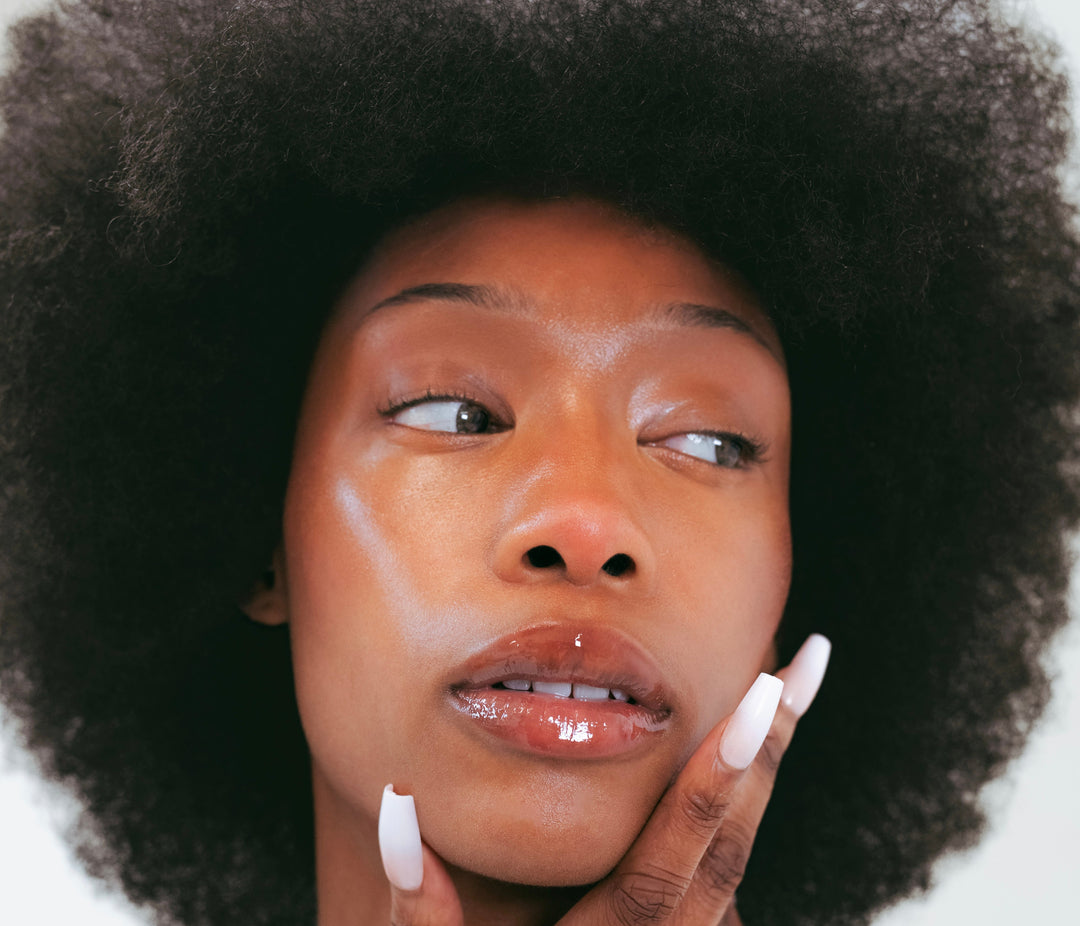Winter Hair Care Tips You Need! ❄️ 💁🏾♀️
Winter is here, and many of us turn to protective styles to give our fragile curls a well-deserved break from the cold weather. While protective styles can be a great way to lower daily manipulation, there are some important things to keep in mind to ensure your hair stays healthy, hydrated, and breakage-free!
Why Does Winter Take a Toll on Our Curls?
Our curly hair thrives in the warmth of the sun, soaking in vitamin D and staying soft and supple. But in the cold winter months, dry air and harsh winds can strip our hair of its natural moisture, leaving it brittle and more prone to breakage. That’s why many opt for protective styles like braids, twists, and weaves—to shield our hair from the elements.
However, while these styles help protect your hair, they can also lead to dryness, especially if you’re not properly moisturising or preparing your hair before styling.
The Downside of Protective Styles with Extensions
While protective styles can minimise manipulation, they can cause traction—the pulling of hair from the roots—when they involve extensions. Wearing your protective style for too long, especially when using added hair, can put extra stress on your scalp, leading to thinning, breakage, and even bald patches if not managed properly.
If you’ve ever noticed hair growth during a protective style but then experienced breakage after taking it down, you’re not alone! This often happens because of dryness. Without the right moisture routine, your hair can become dry and brittle while tucked away in your protective style.
How to Protect Your Hair & Retain Length During Winter Protective Styles
Want to avoid breakage and keep your curls healthy during the winter? Follow these essential steps for protective styling:
Deep Condition Before Styling: Before
you install any protective style, it's important to deep condition your hair. This ensures that your strands are fortified with moisture and repair before being tucked away for weeks. A deeply nourished foundation is key to preventing dryness and breakage later.
Use the LOC Method for Extra Moisture
After towel-drying your hair, apply the LOC Method (Liquid, Oil, Cream) to lock in moisture. Use our Moisture Spray as the liquid, follow with our Moisturizer/Leave-In Conditioner, and seal everything with our rich Chebe Butter. This routine helps protect your hair from dryness while in the protective style.
Pro Tip: Braid your hair while it’s damp with these products to ensure every strand is hydrated before you style. Avoid blow-drying your hair before installing your protective style—it can lead to breakage when taking the style down.
Don’t Leave Your Protective Style In Too Long
As tempting as it may be to leave your style in for months, it's best to limit your protective style to 3-4 weeks. After this time, the extra weight and tension can cause traction on your roots, leading to breakage, thinning, and even bald patches. Your roots need to be able to breathe and recover from the tension of the style.
The Winter Protective Style Law
The key to a successful winter protective style routine is to deep condition, lock in moisture, avoid unnecessary heat, and remove your style after 3-4 weeks. By following these steps, you’ll not only protect your hair from the cold, but you’ll also retain length and keep your curls healthy and strong.
Ready to Get Started?
Make sure your hair is winter-ready with our Moisture Spray, Moisturiser/Leave-In Conditioner, and Chebe Butter. These essential products will help you keep your curls moisturised, protected, and breakage-free throughout the cold months.
🛒 Shop Now
Stay warm and keep your hair nourished this winter!
With love,
AfroHairCandy🍃 Team
P.S. Don’t forget to use the LOC method and avoid blow-drying before your protective style for the best results!













Leave a comment